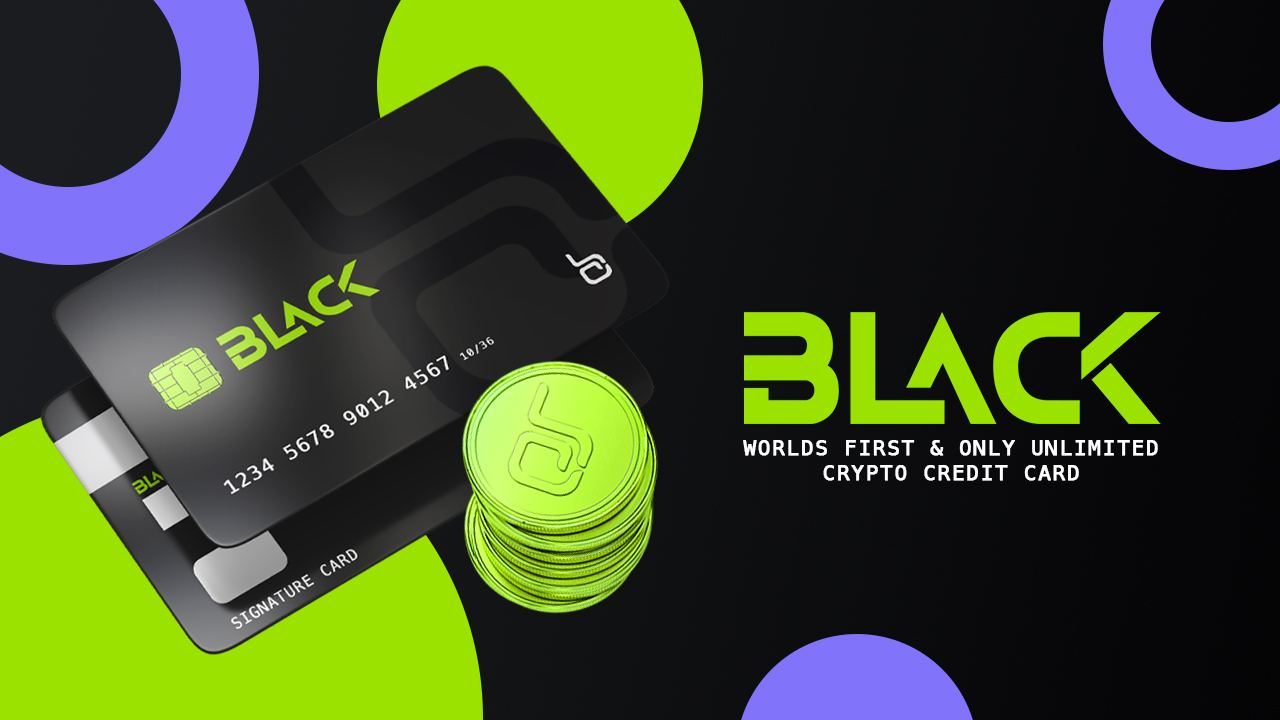Billions of dollars have flowed into decentralized exchange protocols based on the Automated Market Maker (AMM) model, which create network effects through incentives for liquidity with project tokens and therefore create a closed ecosystem of traders and gain makers.
This mechanism has enabled decentralized trades (DEXs) for the first time to compete with centralized counterparts such as Coinbase, which is able to use cash on their balance sheets to make payments. Payments for consumer conversions (e.g. through sign-up and referral bonuses). As a result, AMM has been hailed as the cornerstone of decentralized finance (DeFi), which generates many permutations and began a productivity farm trend which has helped draw billions of dollars in contracts that are smart.
Connected: The growth of DEX robots: AMM is driving an industrial revolution in retail
But under the supposedly good foundation of the DEX model, there is a dirty little secret which may be its downfall.
The downfall of AMM
AMM reduces the market-creating mechanism for crypto assets as financially as straightforward as possible: Two pools of liquidity are combined with a pure exchange rate that adjusts to the comparative demand – almost like an old retailer stood between two piles of grain and legumes, as needed exchange with one another.
The sheer inefficiency of the model means that the largest beneficiaries are not the liquidity suppliers or the traders using the system, but the arbitrageurs:
- Traders have problems with high gas prices and bad execution. AMMs are isolated from one another and have little if any interoperability, forcing traders searching for deep liquidity to use coins on various protocols and blockchains or expertise slippage and partly filled.
- Liquidity providers passively sell tokens at a rising exchange rate and purchase tokens at a declining rate, creating temporary declines once the value of a digital asset drops after it’s already dropped. In comparison to busy market makers on order exchanges, they could lose because of regular market movements.
- In the meantime, arbitrageurs can step in and buy cheap assets before the group is correctly valued.
The programmers tried to correct these issues; refined the parameters and introduced new features such as loss insurance and a third party interface for transaction management. However, they have only limited success. A permanent loss is built in – it can’t be completely removed, but is passed on to other participants in the protocol who control the danger through loss and profit sharing.
Ultimately, the only way to make certain that liquidity providers on AMM are always profitable by countering declines with enormous incentives in the form of newly created tokens.
As buyers disappear when the tide of speculation on a new job ends, the inescapable selling pressure will then pull token down prices, causing liquidity suppliers to package their deals and move to more lucrative new protocols. Those who continue to maintain the governance token have only the choice to vote for the maximum, short-term monetary gain – at the cost of the protocol.
Connected: Profit is on everybody’s lips, but DeFi promises to change the way we manage money
The increase of middleware
Over period, the AMM model is threatened by another inherent limitation of this blockchain: lack of interoperability.
The monetization driven by token incentives exceeds the scalability of the underlying blockchains. This raises fees and waits transactions, driving liquidity suppliers to AMMs working on fresh dual-layer and next-generation sidechains.
However, every new blockchain is an island. Moving funds involving chains, particularly between two isolated amounts, can indicate that you are forced to return to the home of the first level and then take another jump to the last destination. Along how, farmers’ crops are consumed by inherent blockchain fees and delayed by long queues – not to mention the hassle of tracking funds in various locations.
Connected: Professional traders require a global ocean of cryptocurrencies, not countless pools
In this rapidly evolving, multi-pronged future, middleware chains have a excellent chance to become the primary gateway to liquidity.
Interoperable middleware that can reliably interact with unique chains to extend the most efficient trading paths across multiple sources of liquidity – be it from Uniswap pools or DEX term centers of the world order like Serum. That manner, all the fun of this show – the exact rides and elite chain attractions – could be accessible, but without trade delays, high prices, and possible silos. For the end user, the underlying protocols or programs which provide liquidity are simply consolidated to one user interface, similar to cryptographic criteria like “HTTPS” are merged on the Internet.
Connected: Is that the cryptocurrency coming its “Netscape moment”?
Tokenomics is user-centric
Without the inherent limitations of the AMM, the Layer two middleware series is better positioned to collect value and generate a sustainable crypto-economy that rewards all users.
This means that we are moving past the incentive structures that electricity first-tier blockchains, beyond the “utility” and “security” tokens of 2017, and outside the tokens.
Connected: Life Beyond Ethereum: What Layer-One Blockchains Bring for DeFi
New tokenomic models are had to not only reward liquidity suppliers and validators, but also to inspire all users on the network to make real long-term network worth. Not only will retailers use middleware to store fees and get the very best performance, but developers will follow suit to create DeFi software which may be used online. Second level efficiency and liquidity suppliers will compensate for the most rewarding.
Suddenly, the continuing liquidity wars involving AMMs in the inherent chains are occurring on a new battle.
Anthony Foy is CEO and Co-Founder of Qredo Ltd, where he leads the development of Qredo’s decentralized electronic asset management infrastructure. Foy is an electronic veteran with over 20 years experience building VC-powered front-end tech businesses. His first startup was acquired by IBM six months after going public, and he later joined the founding team at BroadBase Software, which had sales of $ 0 million to $125 million in the 2 decades before listing.
.
.











